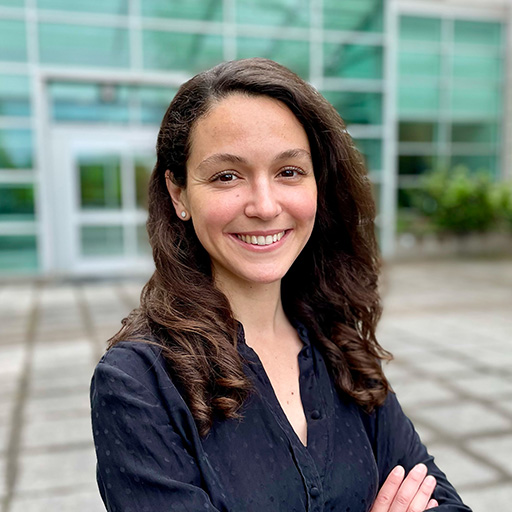Discovery of New Methods to Regenerate Cone Photoreceptors

About the Research Project
Program
Award Type
Standard
Award Amount
$180,000
Active Dates
September 01, 2020 - August 31, 2024
Grant ID
M2020157
Goals
Cone photoreceptors are the critical light sensing sensory cells that are lost in age-related macular degeneration. One promising therapeutic strategy would be to promote the formation of new cone photoreceptors within the retina to replace those lost to disease. This project will use high-resolution molecular techniques to identify the genes normally found in forming cone photoreceptors that are sufficient to turn other retinal cells into cones. The identification of such genes will be provide the foundation to develop new cone replacement therapies for age-related macular degeneration.
Summary
The goal of this study is to develop a method to form new cone photoreceptors to replace those lost during (due to) age-related macular degeneration (AMD). More specifically, we will use a directed molecular approach to identify genes that are able to transform non-cones into cones. This study is innovative in that it leverages both the recent advances in our understanding of how cone cells develop, and a genetic mouse model with cone cells that glow green to increase the probability of success in the identification of our genes of interest. In addition, cutting edge technology that examines the expression of many genes at once in single cells will be used to make robust conclusions about the effectiveness of our cone-forming protocol. At the completion of our study, we anticipate that we will have both increased our understanding of how cone cells form and identified new therapeutic avenues to replace cone cells lost in the course of AMD. In our first aim, we will test whether non-cone retinal cells are able to be transformed into cones upon expression of specific genes in these cells. We will use a mouse model with fluorescently labeled cone cells in order to detect the presence and precise number of these cells. In our second aim, we will do a detailed analysis of these transformed cells to determine how closely they resemble cones. This will be important to determine if the expression of multiple genes is required to form fully functional cone photoreceptors that can be used to replace those lost during AMD.
Grants
Related Grants
Macular Degeneration Research
The Generation of Cone Photoreceptor Outer Segments
Active Dates
July 01, 2024 - June 30, 2027

Principal Investigator
Heike Kroeger, PhD
The Generation of Cone Photoreceptor Outer Segments
Active Dates
July 01, 2024 - June 30, 2027

Principal Investigator
Heike Kroeger, PhD
Macular Degeneration Research
Regeneration of Cone Photoreceptors in the Human Retina
Active Dates
July 01, 2024 - June 30, 2026

Principal Investigator
Juliette Wohlschlegel, PhD
Regeneration of Cone Photoreceptors in the Human Retina
Active Dates
July 01, 2024 - June 30, 2026

Principal Investigator
Juliette Wohlschlegel, PhD
Macular Degeneration Research
Uncovering Immune-Related Factors Driving Retinal Pigment Epithelium Repair
Active Dates
July 01, 2023 - June 30, 2026

Principal Investigator
Lyndsay Leach, PhD
Uncovering Immune-Related Factors Driving Retinal Pigment Epithelium Repair
Active Dates
July 01, 2023 - June 30, 2026

Principal Investigator
Lyndsay Leach, PhD



